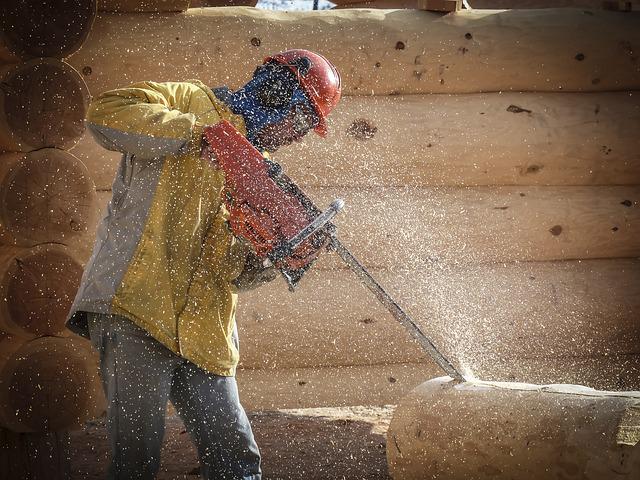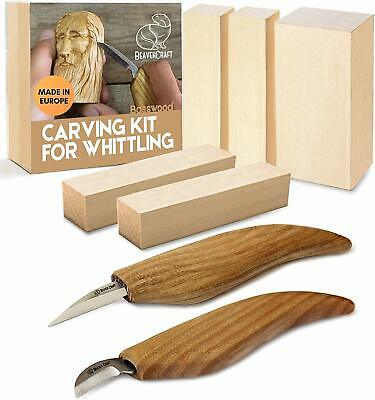
For beginners who want to learn how to whittle, it's possible to start with the basics. Make sure to have some tools and a knife. You'll learn all about tools, techniques and different wood types in this article. Once you know the basics, it's easy to start your own whittling venture. There are many types to choose from when it comes to whittler projects.
Wood
Although there are many types of wood available, the following four woods are the best for whittling. These woods will help you learn the basics of whittling if you're just beginning. You can also whittle wood in many different ways to create different shapes. Listed below are a few simple techniques for whittling wood.
Pull stroke: Keep your blade parallel to wood grain when carving. This will help avoid damaging the wood. Dark streaks in the wood will indicate the direction of the grain. The direction of these streaks is the direction that the blade will cut when whittling the wood. The push stroke will cut through wood more effectively than the pull stroke.
Knife
If you're new to woodworking, whittling with a knife can be a good way to try your hand at the craft. Although you might not be an expert in this technique, it will allow you to have great control of the knife and make precise cuts. By cutting small strips of soap using a knife, you can practice pulling strokes. Practice makes perfect. Beginer projects are easy to manage, but they get more difficult as you advance.

A knife is necessary before you begin whittling. The best knife for whittling is a pocket knife. It is sharp enough to create shavings with a sharp edge. Avoid knives with long, wide blades as they can cause choking. Instead, pick a knife with a narrow bevel, which will make it easier to hone. You can also use a frame saw if necessary.
Techniques
These techniques can help you improve your skills in whittling. The most popular cut is the pull stroke. This involves bracing your thumb on the wood, and pinching with your right finger. Now, hold the knife straight while drawing the blade towards your thumb. This stroke is quick and precise and gives you great control over the knife. This is the best technique for precise cuts.
There are two main types of whittling book. If you're just starting out, the Old Time Whittling Book is a good book to refer to. The Little Book of Whittling contains many useful whitling suggestions. The Whittling Handbook contains many whittling-related projects. The Art of Whittling has some advanced projects. This book features simple puzzles as a well as patterns like ball, cage, and so on.
Tools
The first step in making whittling tools is to find good wood for your projects. While it is possible to use existing wood, it is much better to gather greenwood. It is much easier to carve greenwood than dry wood. Deadfall branches can be collected at any time. Small trees can also be collected at any season, but the best time to collect them is in the winter. Ask permission before you start collecting wood if your work is on private property.
If you're just starting out, there are some great sets available. The Delicacy carving set includes 12 tools, a blank wooden spoon and a sharpener. The set includes protective gloves and a bag. It's worth buying a set of whittling tools, since you'll be using them for a long time. This set is an inexpensive way to get started.
Beginner projects

A simple project such as a walking stick is a good starting point for someone who is new to wood whittling. You can move on to more difficult projects like carving faces onto walking sticks. Comfort Birdie: This bird is perfect for beginners. Another beginner whittling endeavor is the swan. These are great gifts to give children and easy to make even if your a beginner.
Another project that is considered a beginner project is a carved ball in a cage. You can create intricate designs and use feathers to match your theme. Tiki idols, as well as woodland spirits, can be made. There are so many possibilities. However, it's always a good idea for you to have a template. You'll be able to identify which tools are best and what parts you don't need.
FAQ
What is the hourly rate for a woodworker?
The hourly rate for a professional woodworker varies depending on many factors, including skill level, experience, availability, location, and other variables.
The hourly average rate for skilled woodworkers runs between $20-$50.
An hourly rate of $10 for a less skilled woodworker could be possible.
How do I calculate woodworking prices
Remember to keep costs as low as you can when calculating project costs. Make sure you're getting the best prices on materials. It's also worth taking into account all the other factors that may affect the cost of your projects, such as time, skill level, and experience. If you want to get an idea of what you can expect to spend on different types of woodwork projects, check out our guide to the average price of common household DIY tasks.
Do you know anything more about woodworking?
It's easy to underestimate the amount of work involved in making furniture. Finding the right wood for the project is the hardest part. It is difficult to choose between the various types of wood.
The problem with wood is that not all wood properties are the same. Woods can warp, split, or crack over time. You must take these things into consideration before purchasing wood.
Where can I start woodworking?
The best way to learn how to build furniture is by building furniture. You will need tools. There are bound to be mistakes. But if your persistence is consistent, you will soon master the craft.
Start by choosing a project you'd like to complete. It could be something as simple as a box or as elaborate as a full-scale entertainment center. Once you have settled on a specific project, it is time to find a woodworker in your area who is experienced in such work. Ask him or her for advice on what tools you'll need and where to find them. Maybe you can ask the person if they know of anyone who does this sort of work.
How can I keep my shop organized?
A designated place to store your tools is the first step towards keeping your workshop clean. To keep your tools sharp and ready for work, keep them clean of dust and debris. You can hang tools and accessories with pegboard hooks.
What's the difference?
Hobbyists enjoy creating things out of wood. Professionals tend to focus on the quality. Hobbyists usually take pride in their creations and often share them with friends and family. Professionals will spend hours researching designs and then begin to create a project. They'll pay great attention to details, from choosing the most suitable materials to finishing the work perfectly.
How do I identify the type of wood that I am dealing with?
Always inspect the label when buying wood. The label should contain information about the wood species, its moisture content, and whether it has been treated with preservatives.
Statistics
- Woodworkers on the lower end of that spectrum, the bottom 10% to be exact, make roughly $24,000 a year, while the top 10% makes $108,000. (zippia.com)
- Overall employment of woodworkers is projected to grow 8 percent from 2020 to 2030, about as fast as the average for all occupations. (bls.gov)
- Average lumber prices rose about 600 percent between April 2020 and May 2021. (familyhandyman.com)
- In 2014, there were just over 237,000 jobs for all woodworkers, with other wood product manufacturing employing 23 percent; wood kitchen cabinets and countertop manufacturing employing 21 percent. (theartcareerproject.com)
External Links
How To
How to make wood joints
This tutorial will help you join two pieces of wooden together. The "pocket hole joint" is a method whereby we drill holes into the wood and glue them together. This method is great if your wood's straight and smooth. Try dowel joinery instead if your wood doesn't look straight. Here are the steps
-
Drill Pocket Hole Joints. First, measure the area where you wish to place the pocket joint. Use a jigsaw or handheld drilling machine to drill 3/8 inch deep holes at the ends of each wood piece.
-
Sand Smooth. Sanding the wood's edges will ensure that the joint doesn't split.
-
Glue Together Apply glue to the sides of both wood. Allow it to cool for at least 5 minutes before you attach the pieces.
-
Fix the Pieces together. Once the glue has dried, clamp the pieces together so they are flush.
-
Trim Joinery. Trimming the joinery after glue has completely dried.
Allow enough space between pieces so you can turn them inside out.